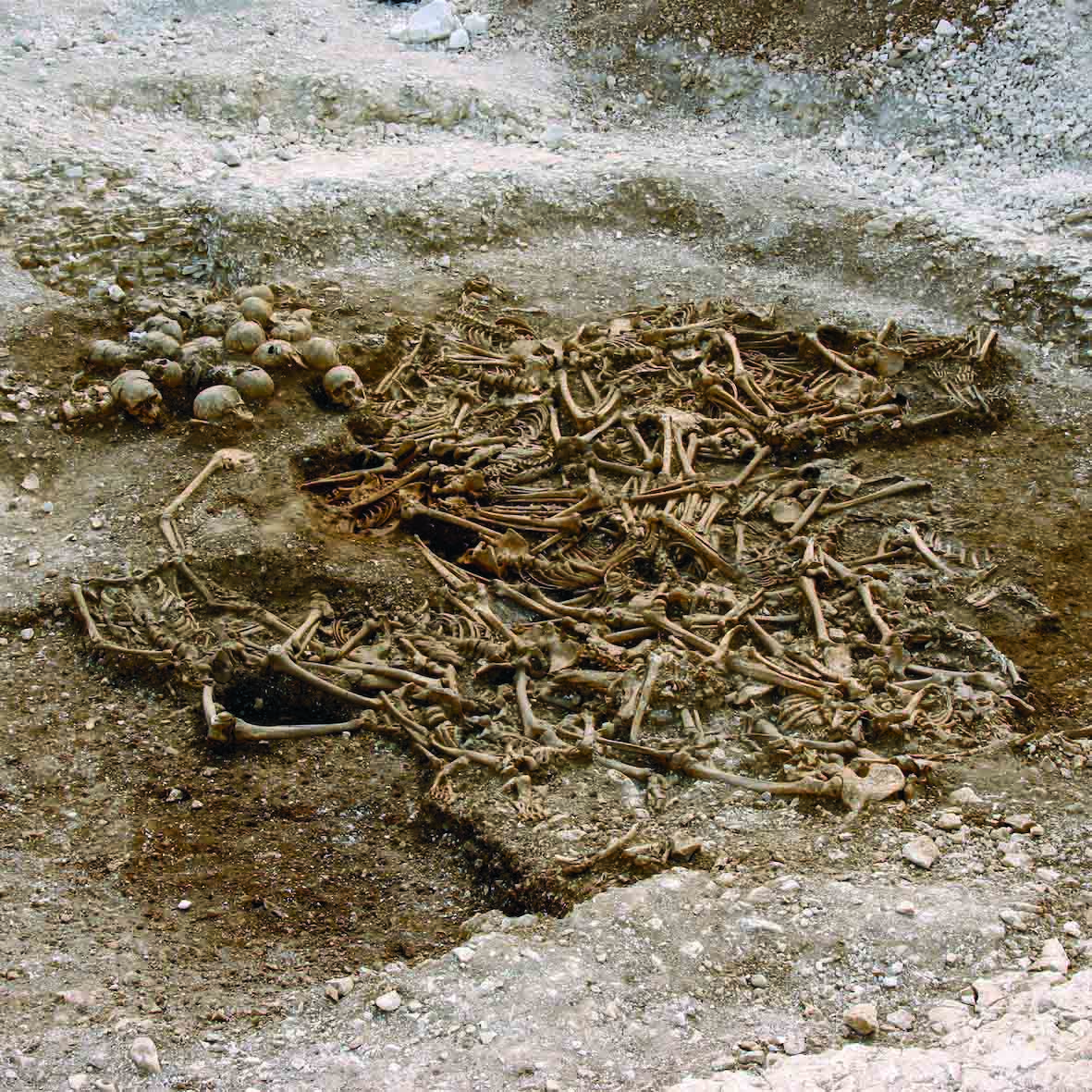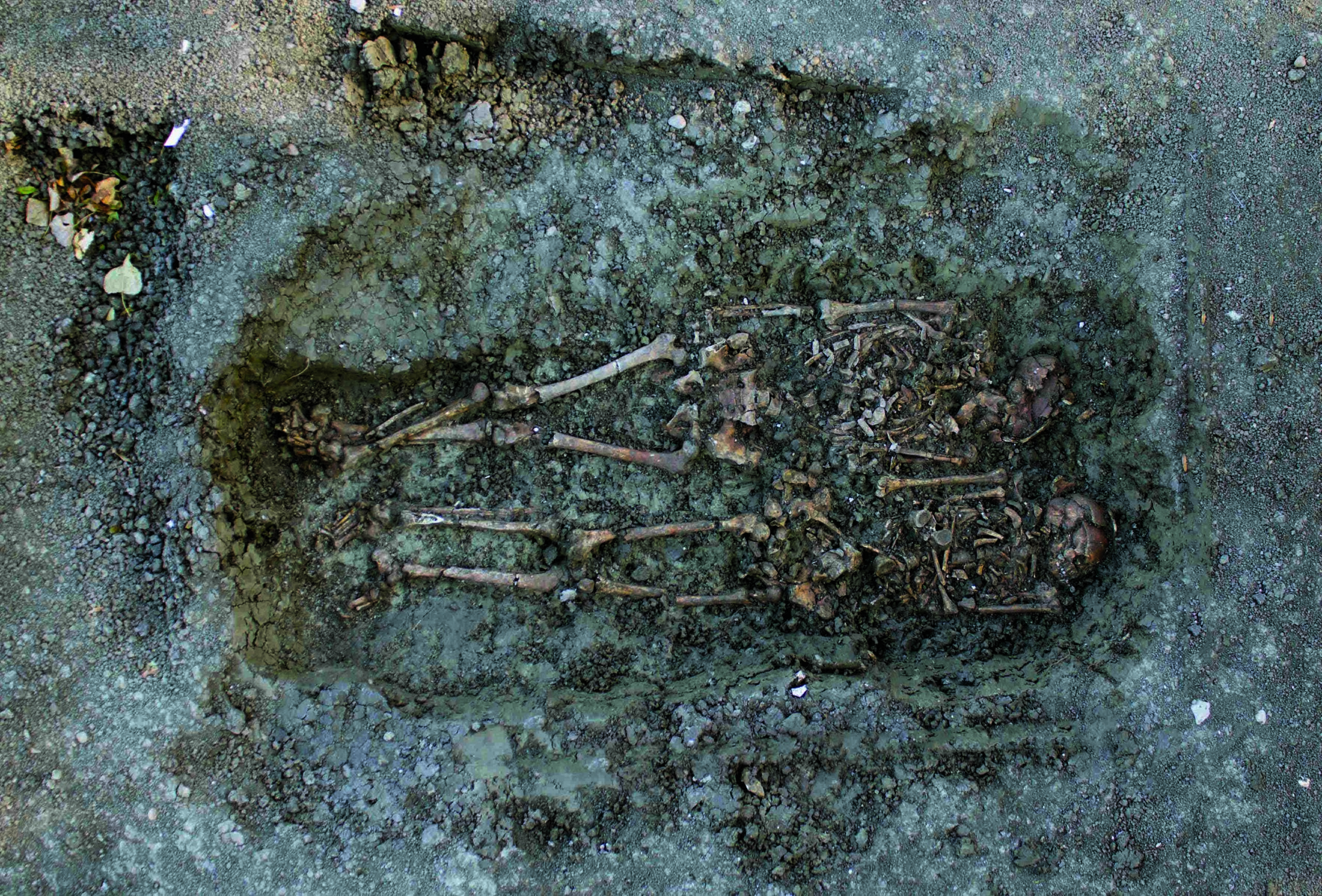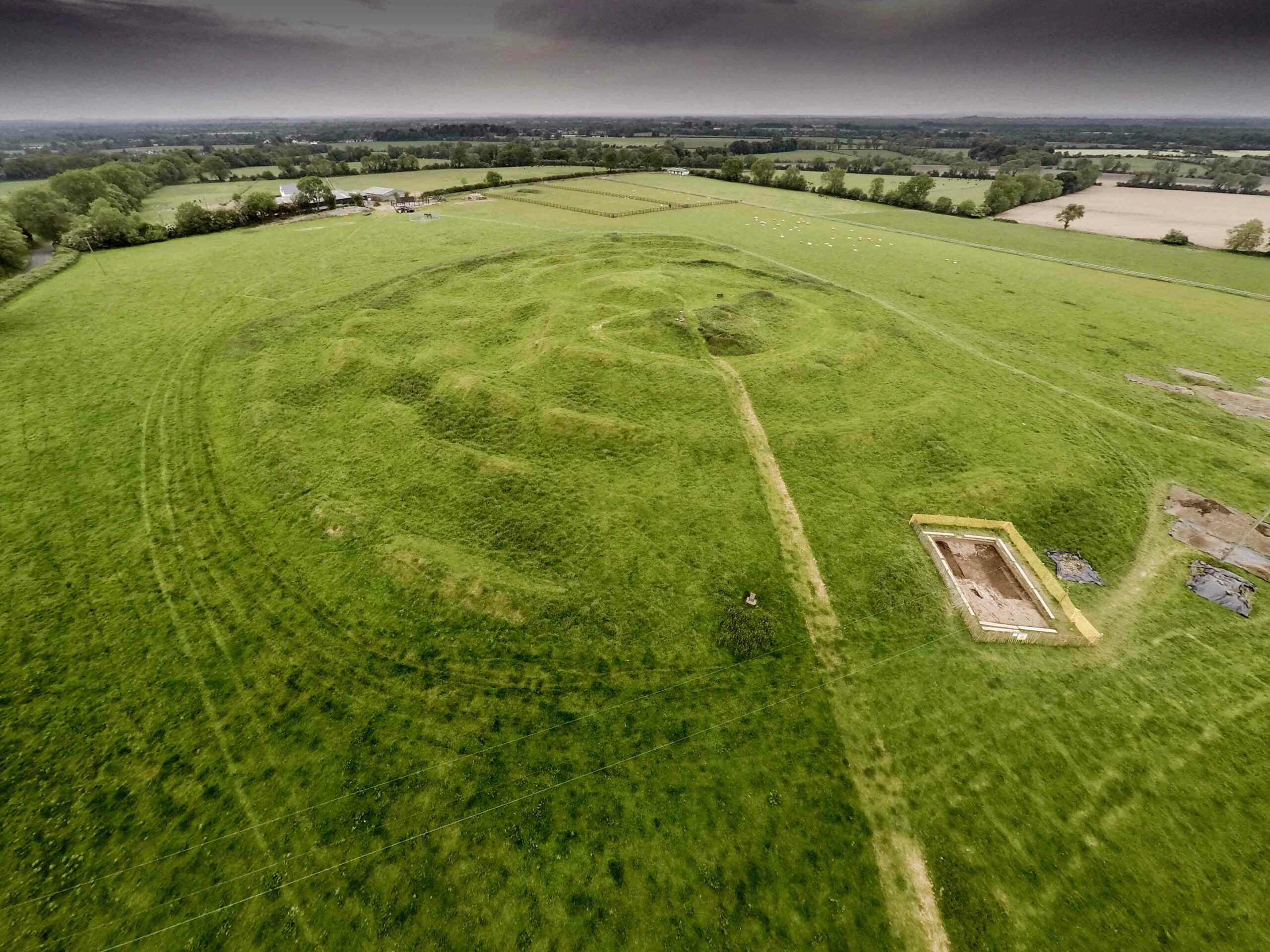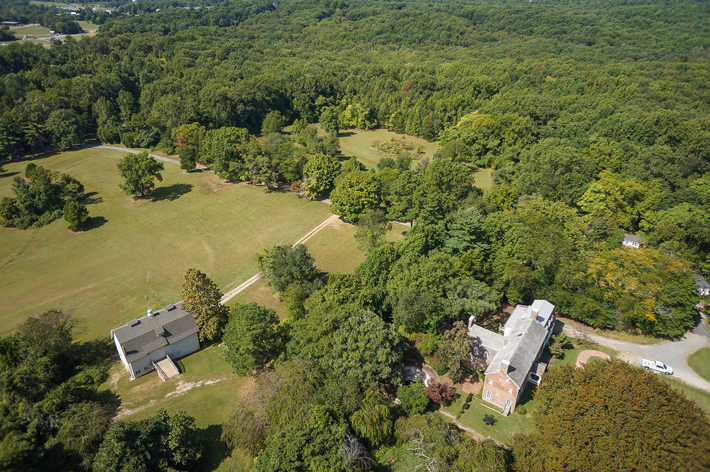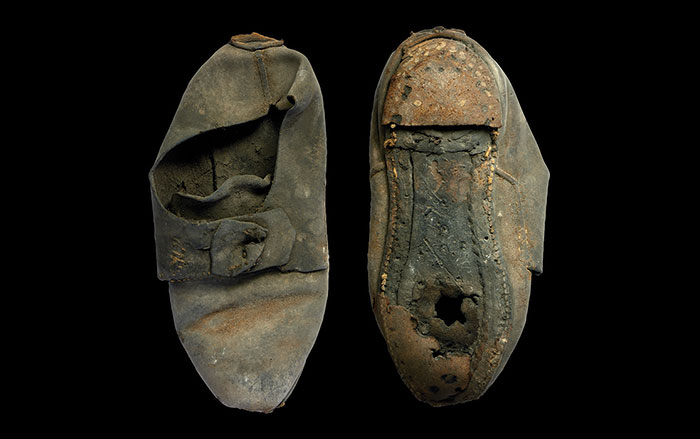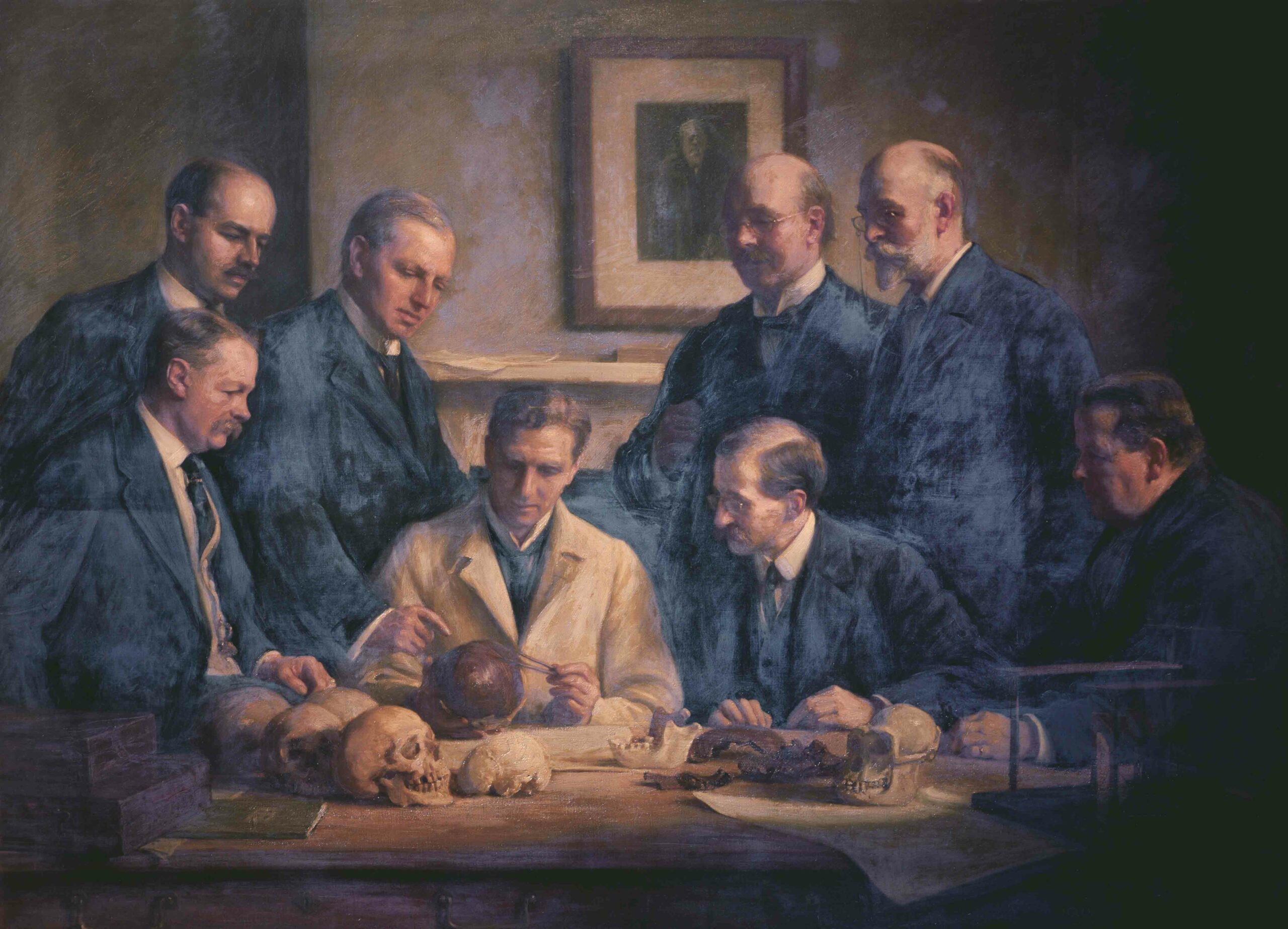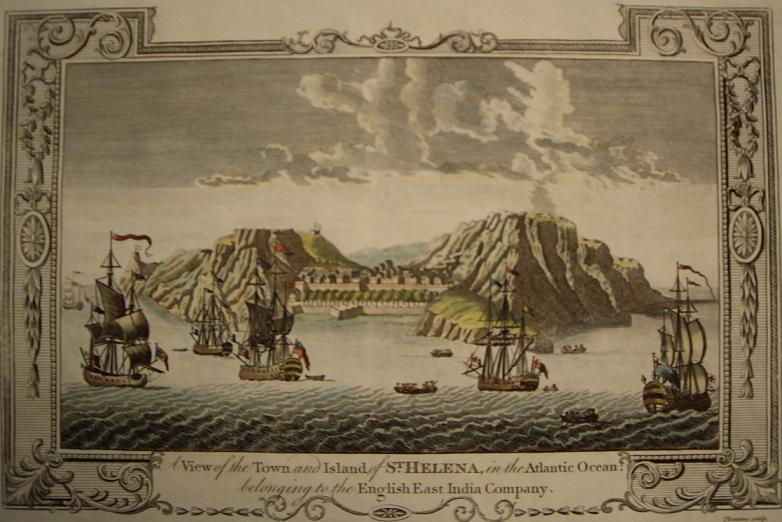
RUPERT’S VALLEY, SAINT HELENA—Nature reports that Hannes Schroeder of the University of Copenhagen and his colleagues are studying the transatlantic slave trade by sequencing the genomes of people buried in slave cemeteries. One of the sites in the study is the African Graveyard on the island of Saint Helena, located in the South Atlantic Ocean. Between 1840 and the late 1860s, tens of thousands of people on board slave ships captured by the British Navy were dropped off on the island. Many of the survivors were relocated, but as many as 10,000 died on the island and were buried in the African Graveyard. Schroeder and his team collected DNA from the teeth of 63 individuals whose remains were recovered in a construction project, and then sequenced partial genomes of 20 of the samples. The results, when compared to DNA samples from modern African ethnic groups, suggest that the island’s refugees came from diverse populations in West and Central Africa. As the genomes of more living people in sub-Saharan Africa are sequenced, Schroeder and his team should find better matches. They are also analyzing the geochemistry of the teeth for information about where people spent their childhoods, and the modifications made to the teeth for clues to possible cultural ties. For more, go to “Tracing Slave Origins.”



